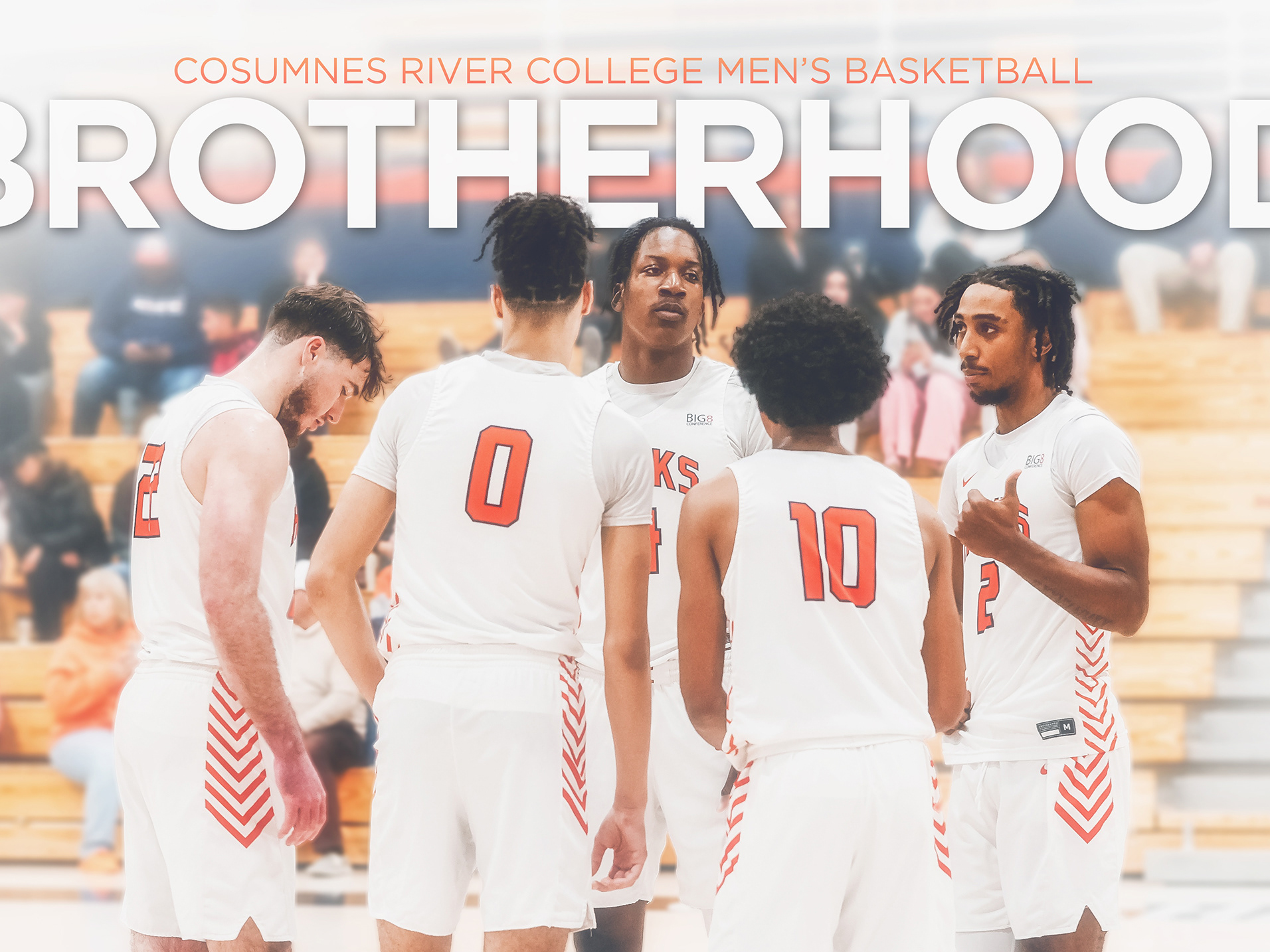"YOU ARE NOT JUST VISITORS TO THIS LAND ANYMORE — YOU ARE ALSO STEWARDS WHO CARRY RESPONSIBILITY FOR ITS SAFEKEEPING"
– Meyo Marrufo, artist and participant in the [Placeholder: Swallowtail] class project
[Placeholder: Swallowtail] is a collaborative photography exhibition and academic initiative led by artist and educator Eliza Gregory, co-taught with Amy Elkins, in partnership with Sacramento State University. The project explores the layered histories, ecologies, and personal relationships to land at Sutter’s Fort and the State Indian Museum—two neighboring State Historic Parks in Sacramento. At its core, Swallowtail addresses the ruptured and often damaged connections between people and land, inviting students and audiences to consider colonial histories, Indigenous perspectives, ecological knowledge, and the ongoing significance of these places today.
Over the course of a semester, thirty-five senior students in the BFA Photography program engaged in intensive fieldwork, returning to the sites for archival study, environmental observation, and creative exploration. Their process included documenting plant species, creating environmental portraits of visitors and staff, listening to Native artists and Traditional Ecological Knowledge practitioners, and responding through photography and other forms of visual expression. This collaborative approach encouraged students to move beyond technical skills, fostering professional development by working with real clients, receiving feedback, and preparing work for public exhibition.
The resulting body of work is presented in a dual-venue exhibition at both the State Indian Museum and the Verge Center for the Arts, on view from November 22 to December 8, 2024. Free and open to the public, the exhibitions include opening and closing receptions to further connect audiences with the ideas and stories embedded in the project. Ultimately, Swallowtail invites viewers to see places like Sutter’s Fort not only as historical landmarks, but as living, contested landscapes shaped by Indigenous histories, colonial legacies, ecological change, and the responsibilities of present-day stewardship.



